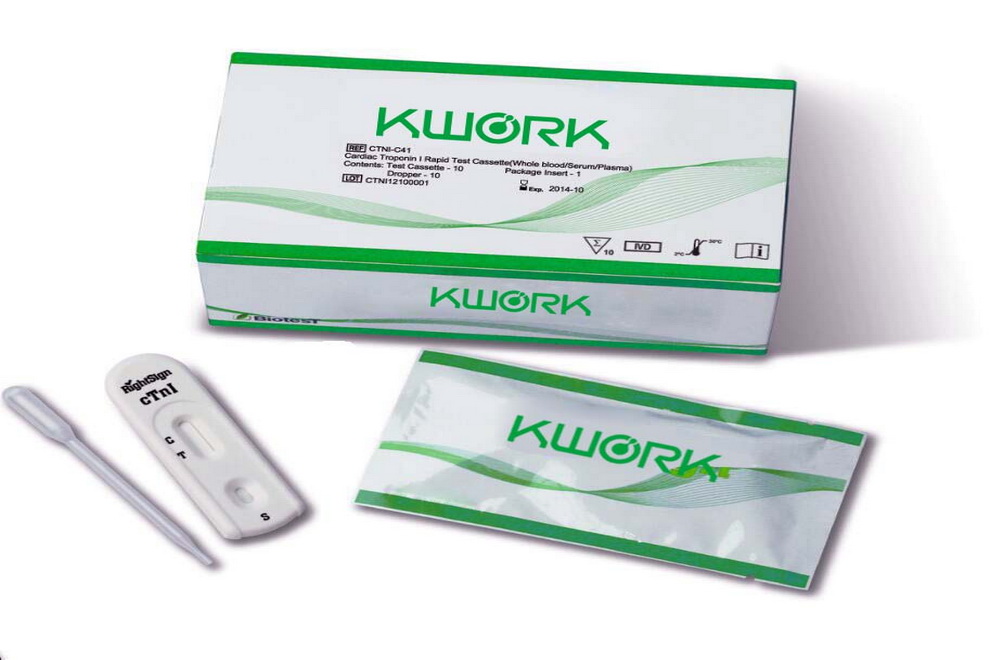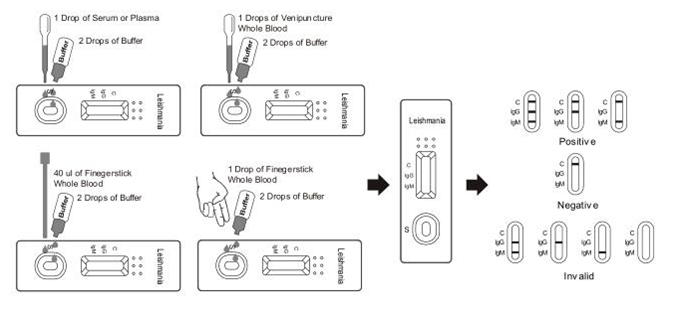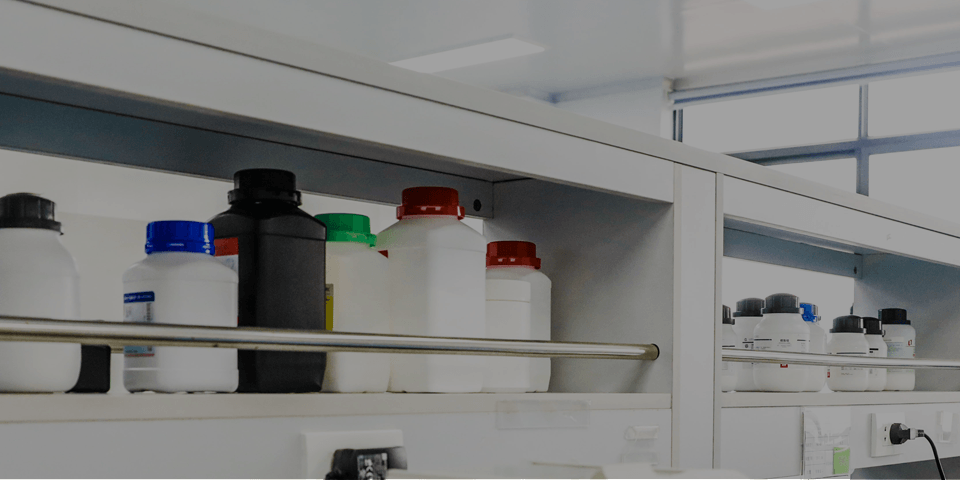
【SUMMARY】
Visceral leishmaniasis, or Kala-azar, is a disseminated
infection caused by several subspecies of the L. donovani. The disease is
estimated by the World Health Organization (WHO) to affect approximately 12
million people in 88 countries 1 . It is transmitted to humans by bites of the
Phlebotomus sandflies, which acquire infection from feeding on infected
animals. Though it is a disease found in poor countries, in Southern Europe, it
has become the leading opportunistic infection in AIDS patients 2-3 .
Identification of L. donovani organism from the blood, bone marrow, liver,
lymph nodes or the spleen provides a definite mean of diagnosis. Serological
detection of anti-L. donovani IgM is found to be an excellent marker for the
acute Visceral leishmaniasis. Tests used in clinic are included ELISA,
fluorescent antibody or direct agglutination tests 4-5 . Recently, utilization
of L. donovani specific protein in the test has improved the sensitivity and
specificity dramatically 6-7 .
The Leishmania IgG/IgM Rapid Test Cassette is a recombinant protein based
serological test, which detects IgG and IgM antibodies to the L. Donovani
simultaneously. The test provides a reliable result within 15 minutes without
any instruments.
【DIRECTIONS
FOR USE】
Allow test cassette, specimen, and/or controls to equilibrate to
room temperature (15-30°C) prior to testing.
1. Bring the pouch to room temperature before opening it. Remove the test
cassette from the sealed pouch and use it as soon as possible. Best results
will be obtained if the assay is performed within one hour.
2. Place the cassette on a clean and level surface.
For Serum or Plasma specimen: Hold the dropper vertically and transfer 1 drop
of serum or plasma (approximately 40 μL) to the specimen area, then add 2 drops
of buffer (approximately 80 μL),and start the timer, see illustration
below.
For Venipuncture Whole Blood specimen: Hold the dropper vertically and transfer
1 drop of whole blood (approximately 40 μL) to the specimen area, then add 2
drops of buffer (approximately 80μL), and start the timer. See illustration
below.
For Fingerstick Whole Blood specimen:
· To use a capillary tube: Fill the capillary tube and transfer approximately
40 μL of fingerstick whole blood specimen to the specimen area of test
cassette, then add 2 drops of buffer (approximately 80 mL) and start the timer.
See illustration below.
· To use hanging drops: Allow 1 hanging drop of fingerstick whole blood
specimen (approximately 40 μL) to fall into the specimen area of test cassette,
then add 2 drops of buffer (approximately 80 μL) and start the timer. See
illustration below.
3. Wait for the colored line(s) to appear. Read the result at 15 minutes, do
not interpret the result after 20 minutes.




